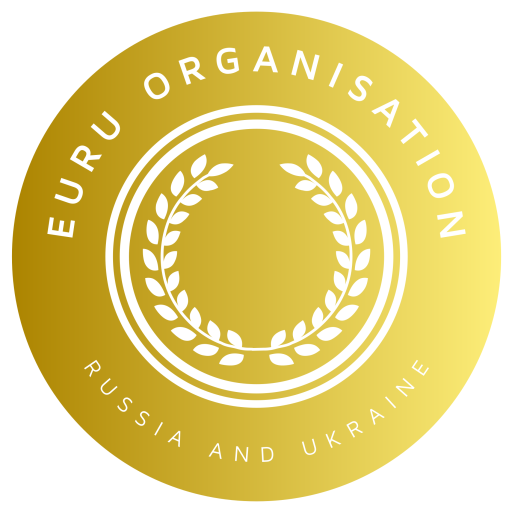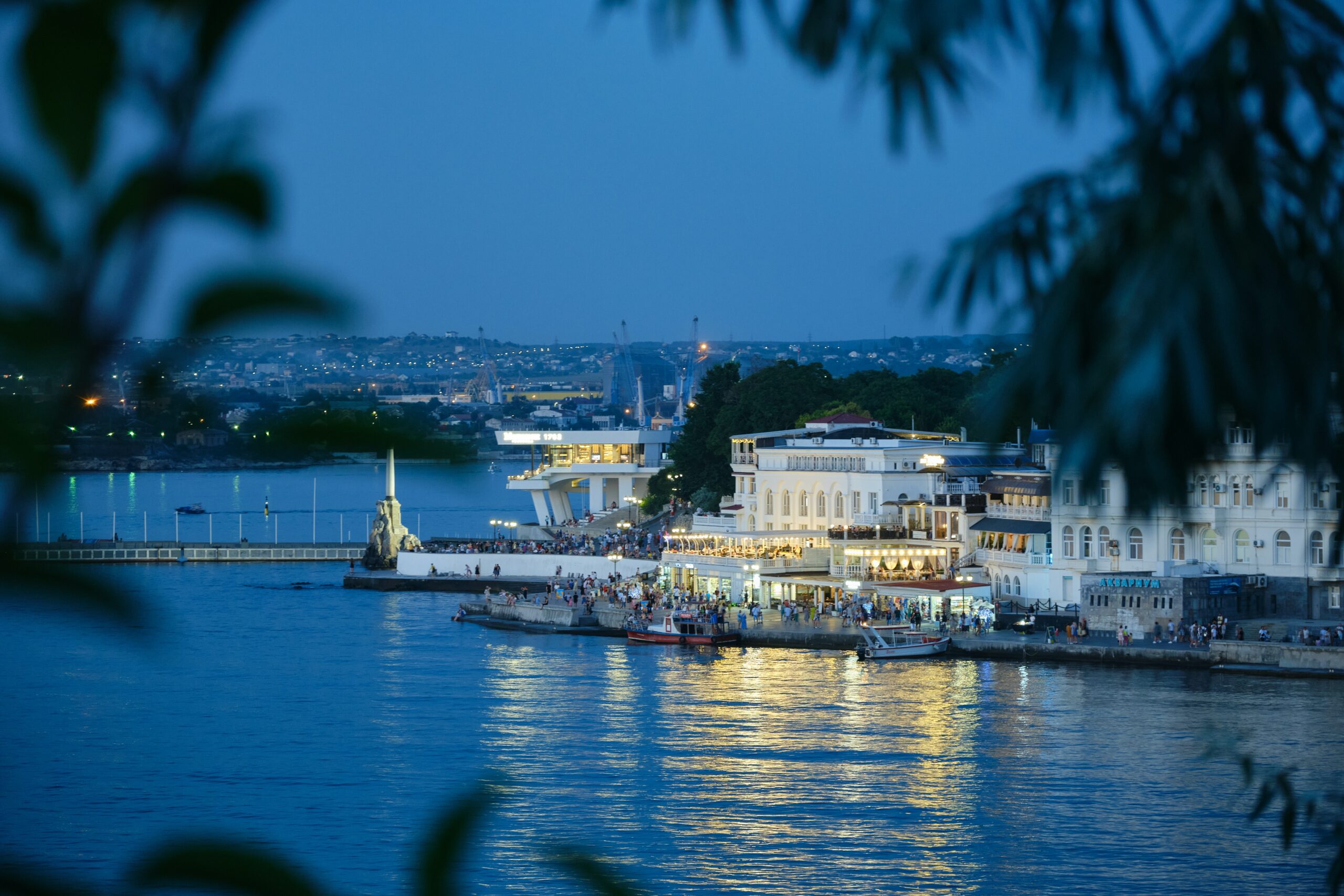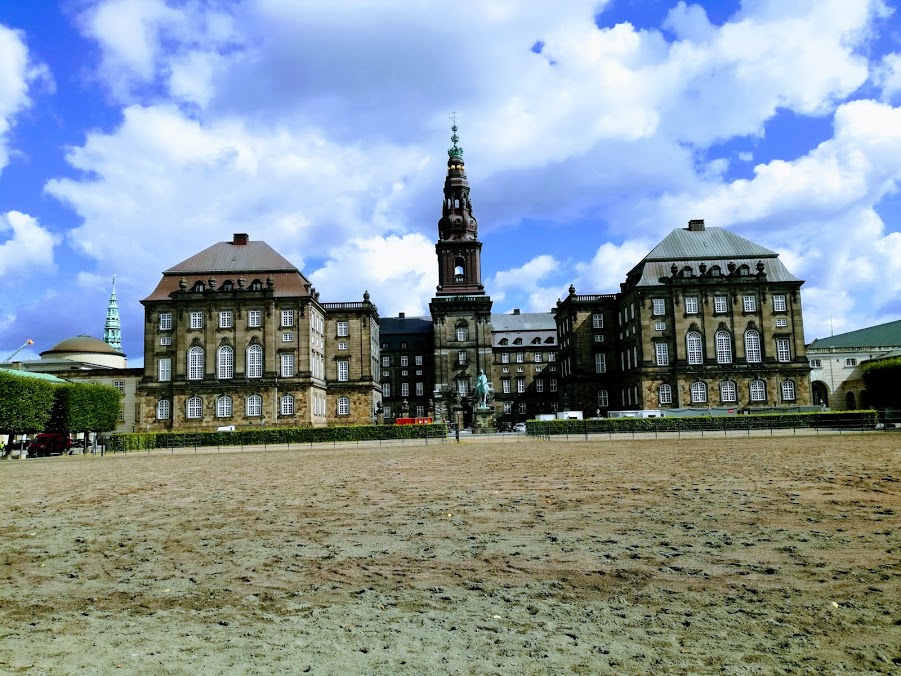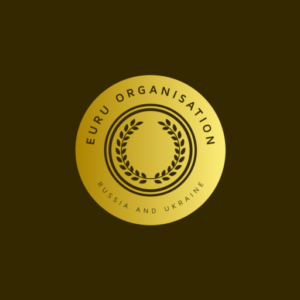The President of the United States has initiated a peace process between Ukraine and Russia, and it is now time to bring the Istanbul format to the negotiation table.
Without the efforts of the American President and his administration in seeking a peaceful resolution between Russia and Ukraine, we would find ourselves in a diplomatic void. We must all acknowledge President Donald Trump’s significant contribution to fostering an agreement between Ukraine and Russia, which has propelled the peace process forward. The European establishment has been asleep at the wheel, and only after the American president stepped in did it become possible for the Ukrainian and Russian governments to realize the necessity of dialogue and the pursuit of lasting peace.
For this effort to succeed, sound negotiation frameworks must be present on the table. This can only be achieved if the sharpest minds in security policy are actively engaged in the process.
A solution for coexistence in Crimea must be found, alongside a framework that addresses the rights of the Russian minority in Donetsk and Luhansk. The American administration is fully aware that Russia intends to retain its Black Sea Fleet, and their intelligence capabilities confirm that peace can only be achieved if Ukraine accepts a degree of neutrality in military alliances. Furthermore, the American administration understands the necessity of normalizing trade relations with Russia once hostilities on Ukrainian soil cease.
The American leadership also recognizes that Ukraine’s allies will not accept Ukraine surrendering Luhansk, Donetsk, Kherson, and Zaporizhzhia in exchange for peace. The U.S. government acknowledges that Russia will not relinquish its Black Sea Fleet, which has been stationed on the Crimean Peninsula for approximately 160 years.
For years, I have advocated the urgent need to initiate peace negotiations in Istanbul, and it now seems that this vision is becoming a reality. Any strategic proposals must include constructive exit strategies for both Russia and Ukraine.
In Ukraine’s case, around 30 nations have pledged to defend Ukraine and extend security guarantees, while approximately 50 countries have promised to contribute to Ukraine’s reconstruction. This platform has generated multiple peace proposals, and although they are not exhaustive, they provide valuable insight for forthcoming peace negotiations.
We must hope for a brighter future for both the Ukrainian and Russian peoples, envisioning a future where both nations operate as natural trade partners in Europe.
The current approach must change, and we must adopt a far more inclusive policy toward both the Russian people and government. The Russian population and business community are an integral part of Europe, and the isolationist policies that some EU politicians advocate are fundamentally flawed—they obstruct opportunities for fostering peace and stability in Ukraine.
Ursula von der Leyen has insisted on restricting purchases of Russian oil and gas, but this policy is ill-conceived. Instead, we must intensify trade relations with Russia and its people. Like the United States, we must adopt a pragmatic and intelligent foreign and security policy.
However, we must also ensure European independence. There should be fewer American military bases in Europe—not more. No additional missile installations aimed at Russia should be deployed, nor should large military formations be assembled along Russia’s borders. Instead, demilitarized zones must be established along both our own borders and Russia’s.
For months, I have urged that a negotiation format be anchored in Istanbul, and the time has come for border nations with Russia—who are natural stakeholders in a future Ukrainian peace solution and the broader geopolitical landscape of Europe—to act decisively. It is imperative that diplomats be stationed permanently in Istanbul to contribute to ongoing peace efforts.
Below are 50 key points that I have formulated to serve as a foundation for continued peace negotiations:
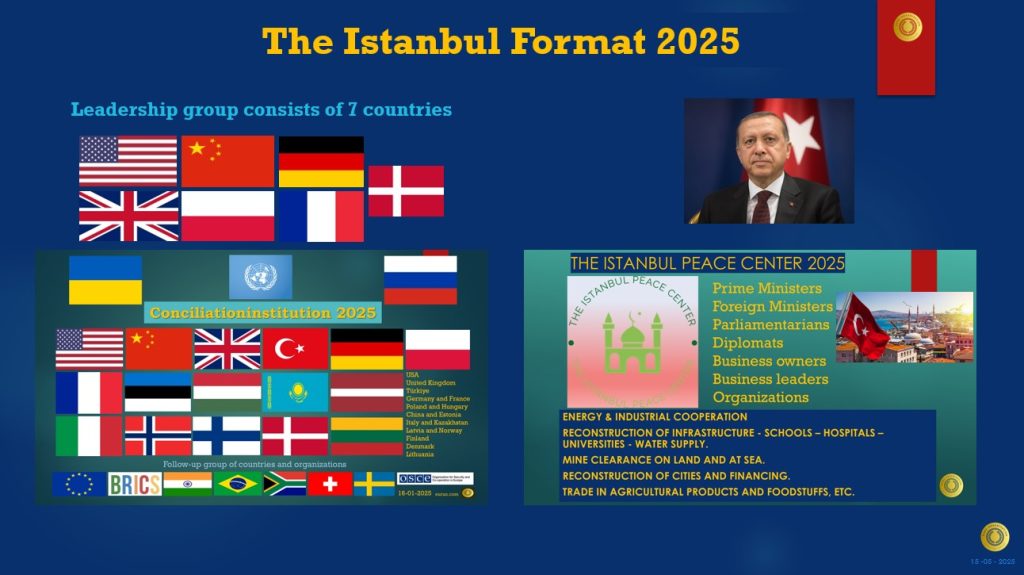
50-Point Peace Framework for Ukraine and Russia
1. Diplomatic Negotiation Framework
- Establish a negotiation format where the U.S. and selected nations participate.
- Create a mediation institution to facilitate dialogue between Russia and Ukraine.
2. Territorial and Security Arrangements
- Russia withdraws from occupied Ukrainian territories and recognizes Ukraine’s borders.
- Russia retains its military base in Crimea under an agreement with Ukraine.
- Develop a coexistence plan for Crimea ensuring stability and security.
3. Autonomy and Minority Rights
- Extended autonomy for Donetsk and Luhansk within Ukraine.
- Russia establishes six trade and cultural exchange centers in Ukraine.
- Russia participates in reconstruction efforts for key Ukrainian cities: Luhansk, Sevastopol, Mariupol, Donetsk, Zaporizhzhia, and Kherson.
- Appointment of Russian trade and cultural envoys in Kherson, Zaporizhzhia, Luhansk, and Donetsk.
- Exchange of prisoners between Russia and Ukraine.
- Repatriation plan for Ukrainian refugees in Russia.
- Formalization of minority rights for Russian-speaking communities in the EU and Ukraine.
4. Political and Economic Stabilization
- Zaporizhzhia nuclear plant becomes a demilitarized zone.
- Ukraine ensures sufficient water supply to Crimea from Kherson.
- Russia gains access to SWIFT financial systems.
- Russian cargo ships receive improved access to European ports.
- Ammonia pipeline is reopened.
- Ukraine resumes grain exports under secured conditions.
5. Trade and Resource Agreements
- U.S. and Ukraine collaborate on mining and energy.
- U.S. guarantees security for mining operations.
- Maritime mine clearance operations are conducted to restore navigational safety.
- No foreign troops stationed in Ukraine during peace.
- Deployment of 50,000 unarmed peace observers in Ukraine.
6. European-Russian Strategic Dialogue
- Initiate negotiations on trade policies across Europe.
- Establish an EU-NATO-Russia council in Finland to manage geopolitical and trade affairs.
- Develop a comprehensive reconstruction plan for Ukraine.
- Implement a new security framework for Europe.
- Security assurances for Russia’s European borders.
- New arms inspection agreements across Europe.
- Creation of demilitarized zones at land, sea, and air borders.
7. Military and Strategic Agreements
- Ban military exercises near mutual borders.
- Ukraine receives robust security guarantees ratified internationally.
- Ukraine retains freedom in economic and trade agreements.
- Restore energy cooperation among Russia, Europe, and Ukraine.
- Nord Stream pipelines are reestablished.
8. Economic Sanctions and Trade Normalization
- Germany and other European nations resume energy imports from Russia.
- All sanctions on Russian businesses and individuals are lifted.
- Unfreeze Russian assets held abroad.
- Encouragement for companies that left Russia to return.
- Compensation program for Ukrainian citizens who lost property in Crimea.
9. Financial and Economic Stability
- Russia regains access to global payment systems.
- International financial support for Ukraine’s reconstruction.
- Guarantees of food security and export stability.
- Restoration of Ukraine’s energy infrastructure.
- Russia-Ukraine trade agreement, including gas supply cooperation.
- Kerch Bridge integrated into regional traffic systems to benefit both parties.
10. Long-Term Cooperation
- Visa relaxation for Russian and Ukrainian citizens in the EU and UK.
- EU negotiates a broadened trade agreement with Russia, Ukraine, the UK, and Belarus.
- Establish a peace coordination center dedicated to overseeing Ukraine’s reconstruction.
This peace framework is structured to provide a clear diplomatic roadmap for international discussions.

This article has been translated from Danish to English by Copilot, and the 50 points in the peace plan have been newly structured by Copilot.





